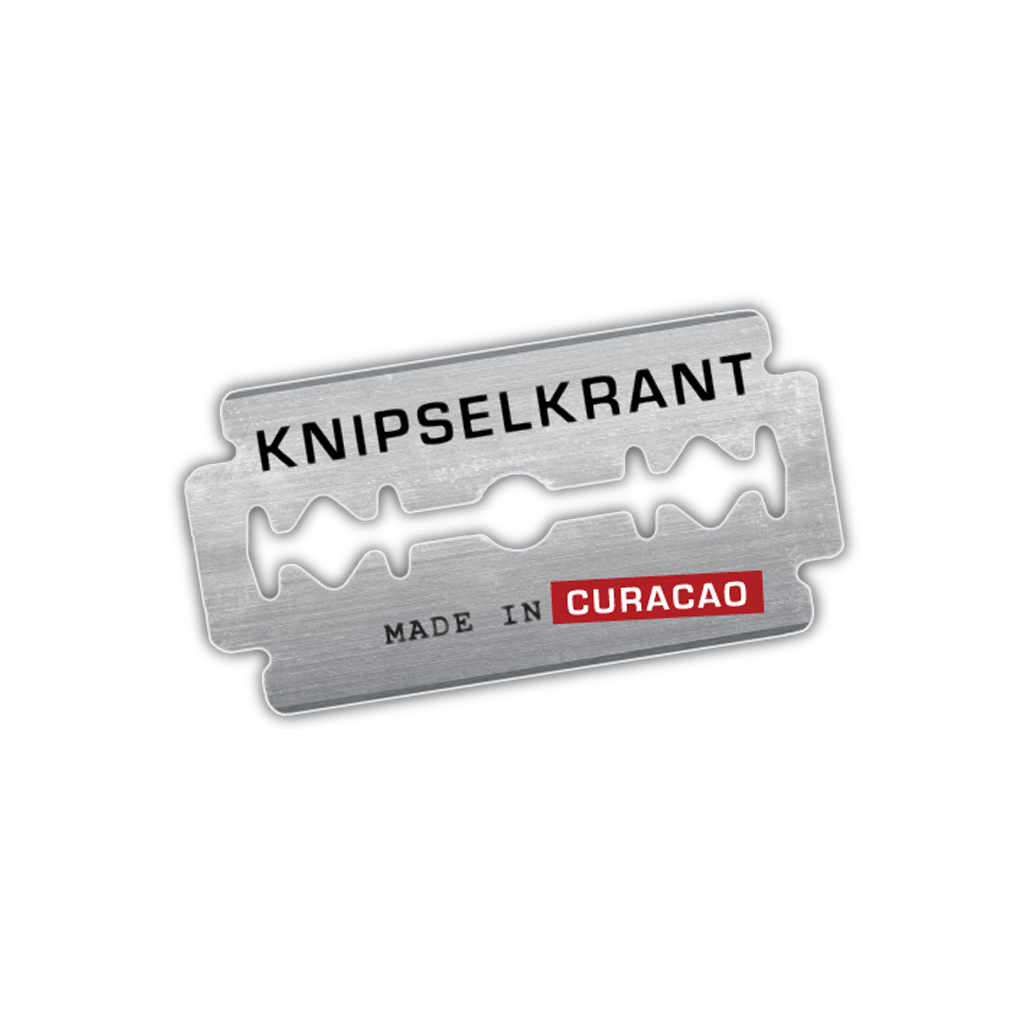From the origin of man to West African empire……
Through the middle passage to the Americas

I’m standing right in the middle of the historic neighborhood of Willemstad called Otrabanda (the other side). To be precise, I’m at the crown jewel of the city, the Kura Hulanda Museum.
I’ve been here many times before, but every time I visit this museum I’m amazed at what it has to tell me. This is my history right before my eyes.
After a mere ten months of development and construction, the Museum Kurá Hulanda – the museum with the largest African collection in the Caribbean – opened in April 1999. The museum is the vision of a personal friend, Jacob Gelt Dekker, who founded and privately funds it through the Jade foundation. The initial investment was 6 million dollars.
Museum Kurá Hulanda is an anthropological museum that focuses on the predominant cultures of Curacao. It offers a world-class chronicle of the Origin of Man, the African slave trade, West African Empires, Pre-Colombian gold, Mesopotamian relics and Antillean art.
One of the sections of the museum, which always catches my attention is the Triangular Trade. Here you can see how the ships carried batter goods, such as guns, iron chains, cuffs, yokes, makes, padlocks and branding irons from Europe to Africa. But these same ships also carried slaves from Africa to the Caribbean and the USA, and sugar, rice and cotton from the USA to Europe; an immensely profitable triangular trade route. Curaçao was an important port for this triangular trade. And to imagine that some of my ancestors came to Curaçao this way.
Some interesting facts about the museum are that it is situated on the site of a former slave yard and merchant’s home and it is nestled above the St. Anna Bay in central Willemstad. The museum is the nexus of the Kurá Hulanda (Papiamentu for Dutch Courtyard) complex that was conceived and built by Jacob Gelt Dekker in the Dutch Colonial historic district of Curacao, a UNESCO World Heritage site. The Kurá Museum is composed of 15 buildings and spans more than 16,000 square feet.
When you visit the museum the receptionist at the entrance will give you a map of the museum and will show you how to guide your walk through the museum. She will offer general information about the museum and can inform you about all the various items that are on sale in the Museum Shop.
For tours you can call the museum and appointments can be made so a guide (Papiamentu, Dutch, English and Spanish speaking) can tour your group through the museum. Visitors who prefer to walk on their own and want some extra information, an audio guide (Dutch, English versions available) can be rented for a small amount at the entrance of the museum.
If you are in Curaçao it is almost mandatory to visit this museum. This is truly history before your eyes.
Bron: CuracaoChronicle


In dit museum bevinden zich bronzen standbeelden maskers en plaquettes uit Benin , waarvoor in Parijs een apart museum is gesticht. Curacau realiseert zich niet wat een Afrikaanse culture schatten hier te zien zijn.
In this museum you find bronze statues , masks and plaques from the African State of Benin, for these items in Paris , France a separate museum was founded.
Curacao does not realize what African cultural treasures you can find here.